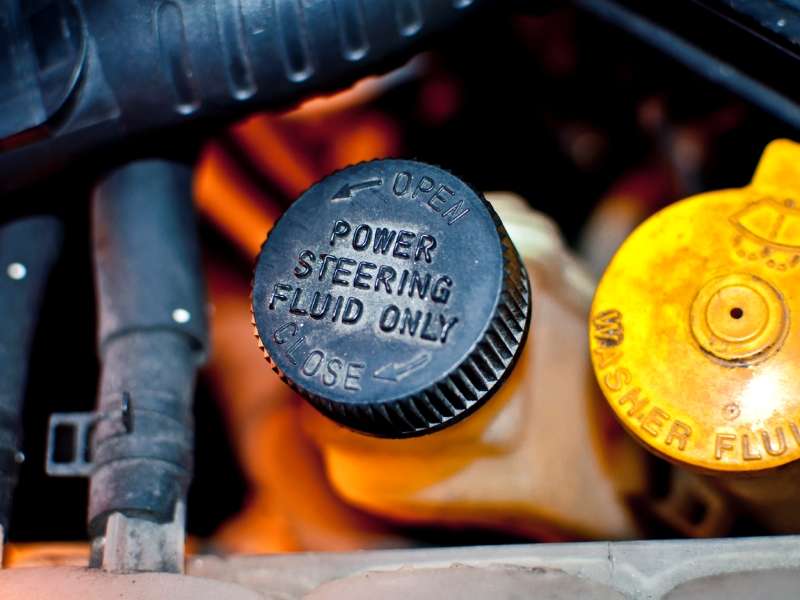Recent Articles
Popular Makes
Body Types
How To Check Car Fluids

Fluids play an essential role in proper automobile operation. Incorrect fluid levels can cause catastrophic engine and transmission damage, or even an accident. When checking car fluids ensure that the car is level so that your readings are accurate, and that it will not move by applying the parking brake or chocking the wheels. You can use your owner's manual to familiarize yourself with the dipstick and fill locations, as well as the recommended fluids and procedures.
Engine oil level is normally checked with the ignition switched off using a dipstick mounted on the side of the motor. If the engine has been running allow a few minutes for the oil to drain back into the crankcase. Remove the dipstick and wipe any oil from it using a clean rag. Replace the dipstick, wait a few seconds and pull it out again. The oil level should be in the hatched area or between the low and full lines. Some newer cars show the oil level on a display on the car's dashboard, making it easy to monitor.
Automatic transmission fluid should normally be checked with the car running at operating temperature with the transmission in park or neutral. The dipstick for the transmission fluid is usually located near the front of the engine on a front-wheel drive car and near the back of the engine on a rear-wheel drive vehicle. Some cars do not have gearbox dipsticks, and the transmission is considered to be sealed for life.
The brake fluid reservoir is usually located on the driver's side of the engine bay, near the firewall. Brake fluid is hygroscopic, meaning it absorbs water from the air, which can severely impede brake operation. Most brake reservoirs are translucent, so if possible check the level without opening the cap so as to avoid exposing the fluid to moisture in the air.
An engine's coolant level is normally checked - with the engine cold - against markings on the side of the reservoir mounted near the radiator. If your car doesn't have a reservoir it may be necessary to remove the radiator cap to check that the fluid level is near the top of the rad. Never remove the cap when the engine is hot as steam may be released which can cause burns.
Manual transmissions, power steering, and differentials (usually found on rear-wheel or all-wheel drive vehicles) generally do not have to be checked frequently. If you suspect that the fluid is low because of noise or rough operation consult your owner's manual.
It's a good idea to check the fluid levels every week or two. It's also a good idea to do a visual inspection each time you get into the car to ensure that there are no obvious problems (pools of fluid under the car, flat tires, or hidden objects in your path). Unusual noises, strange smells, and foggy windows could all be signs of an issue with one of your automobile's many fluids.
